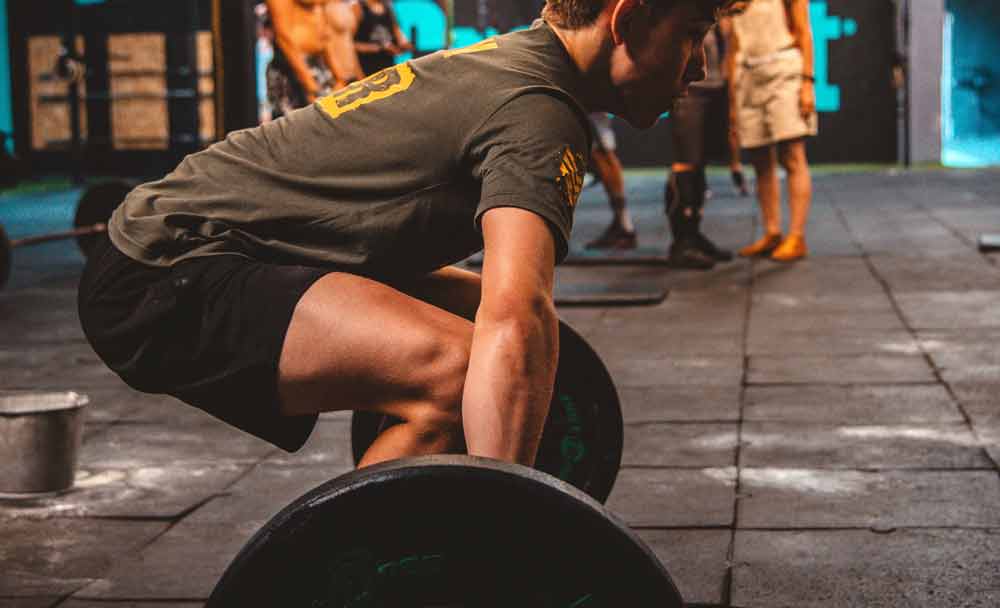Among all muscles, the glutes are distinct as we tend to care more about their physical appearance, especially with regard to the perception of our own attractiveness to others and our personal image of ourselves.
Studying the anatomy of the glutes, it becomes immediately clear that these muscle powerhouses were never meant to be squeezed between a chair and the weight of our upper body for hours on end. This starts with the skin. Areas of the body that are genetically designed to be in contact with the ground have a different skin composition. The best example are the soles of our feet, with calluses building up quickly and thick layers of brown fat cells to cushion the repetitive impact from walking. If the gluteal area had been designed to be in constant touch to the ground (or a chair), we would expect to see something comparable – yet nothing could be more different from the delicate skin of our buttocks.
Under the skin of the glutes lies a complicated layer of nerves, blood vessels, muscles, and bones that function in support of holding an upright posture. In actuality, their continuously compressed state does the opposite and comes with its own unique set of issues.
When functioning properly, the glute muscles work with other muscles in the hips to help stabilise the pelvis. When shut off while seated, the body attempts to compensate for the instability through the use of other muscles to keep the pelvis stable. This contributes to lower back and hip pain as the muscles that are in charge to flex the hip joint become tight and constantly pull the lower sections of the spine forward.
After years of abuse from sitting, the glute muscles can be damaged to the point that is referred to ‘gluteal amnesia,’ casually referred to as the ‘dead butt syndrome,’ in which those muscles basically forget how to function due to lack of use, resulting in compromised blood flow and nerve damage. Take a moment to wake up your glutes and remind them on a daily basis how much you like and need them!
About the Author
 Eric Soehngen, M.D., Ph.D. is a German physician and specialist in Internal Medicine. With his company Walkolution, he battles the negative health effects that sitting has on the human body.
Eric Soehngen, M.D., Ph.D. is a German physician and specialist in Internal Medicine. With his company Walkolution, he battles the negative health effects that sitting has on the human body. Walkolution develops ergonomically optimized treadmill desks, which help to bring more movement into the daily work routine in the office or home office.
Photo credit: Luis Vidal

